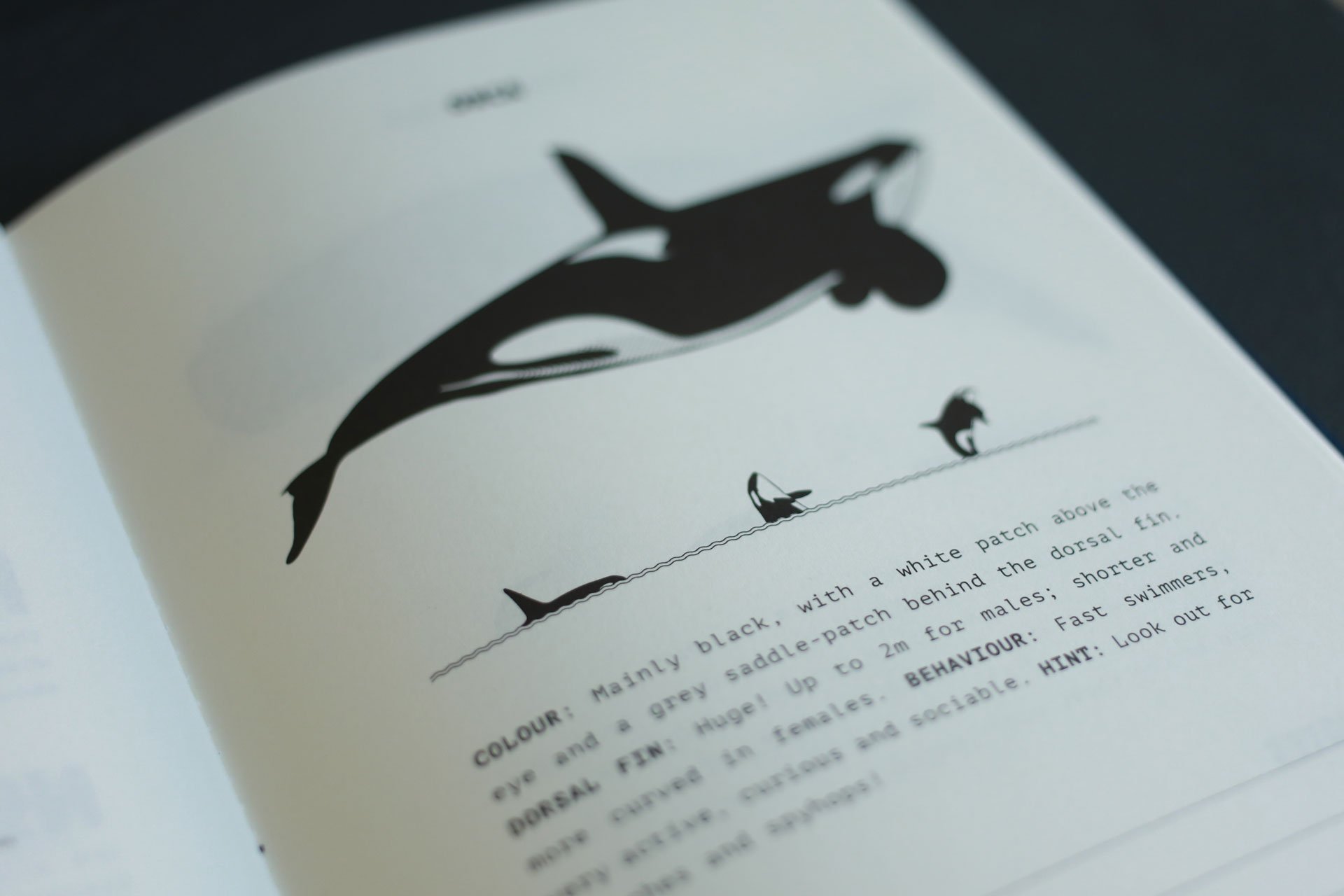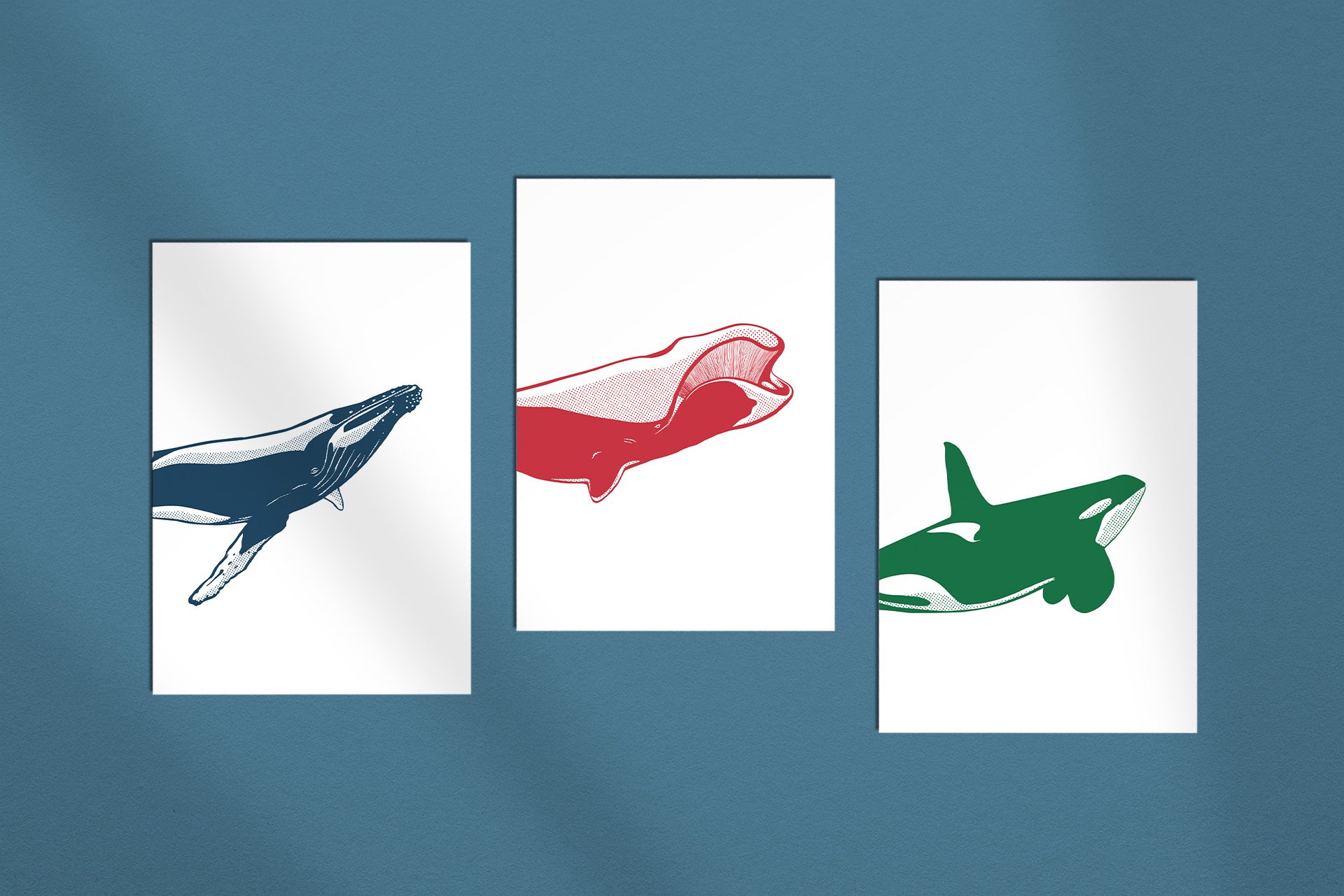GRey WhALEs
The eternal Travellers. Constantly migrating between Mexico and Alaska, they can often even be seen from the beach.
Photo: Shutterstock
REVIEW: Grey Whales
The annual migrations of grey whales are among the longest migrations of all mammals. Great for all whale watchers: it is quite easy to predict when and where these whales will appear next.
Grey whales are not a real beauty. Their entire bodies are covered in scars, shells, whale lice and barnacles, often weighing a good 100 kilos, and all in all this is not always a pretty sight.
And yet, together with humpback whales, grey whales are among the most popular and most frequently observed whales on whale watching tours. There are reasons for this: Grey whales can be extremely playful and curious, they often interact with boats, come close and are downright trusting. Sometimes they are so curious that you may well ask yourself who is watching whom.
In the Gulf of California, where they spend the winter to breed, grey whales are even so relaxed that they sometimes let people pet them from the boat. Overall, grey whales seem to be much more tactile than other whales, and they often like to have contact with each other.
In contrast, grey whales were not so popular with whalers – they called them devil fish because they sometimes defended their young so aggressively that they would hunt the whalers themselves. Despite this, grey whales were hunted to the brink of extinction for centuries.
“Grey whales usually turn to their right side when burrowing on the seabed – it is therefore much more scratched and has shorter baleen. But there are also left-turners!”
From a whale-watching perspective, it is very fortunate that grey whales undertake long seasonal migrations where it is easy to predict when and where they will be found. Their migrations of up to 15,000 kilometres between subtropical mating grounds and polar feeding grounds are among the longest migrations of all mammals. In the course of their lives, grey whales easily swim a distance as long as from Earth to Moon and back.
In addition, grey whales are among the whales that stay closest to shore, and in many places they can even be observed from the beach.
Close to the beach, you can also witness their somewhat uninspired feeding behaviour: Grey whales simply dig around in the mud. Because everything is designed for energy efficiency during their extremely long migrations, grey whales have at some point simply stopped making such an effort in their search for food – and have specialised on plankton close to the bottom.
At the bottom of the sea, grey whales simply turn on their side and swim slowly like a hoover, sucking the mud off the bottom, which is then filtered for edibles using their tongue and baleen – and this tongue alone weighs around 1.5 tonnes. In the process, grey whales often stir up thick trails of mud, which are also clearly visible from the surface.
Grey whales usually turn to their right side when burrowing – it is therefore much more scratched and has significantly shorter baleen. But there are also left-turners.
In the course of their lives, grey whales swim a distance roughly equal to the distance from Earth to Moon. And back again.
Grey whales only feed seasonally – between May and October – devouring up to 170 tonnes of food. After that, they live exclusively on their reserves, which they also use for the long migration to the mating grounds and back. In the lagoons in the south, they are fasting for several months so that they have lost around 30 per cent of their weight after returning from their winter quarters.
They also save as much energy as possible when mating: both males and females have several alternating partners, and the competition then takes place in utero between the sperm of the different males. The animals prefer to save any energy wasted on annoying rivalry fights.
Photo: Shutterstock
Size
Grey whales grow to a length of 12 to 14, maximum 15 metres, females are slightly larger than males. Weight: up to 35 tonnes.
Colour
Grey to dark grey, covered with spots, barnacles, whale lice, scratches and scars. Young animals are darker in colour and have fewer spots.
FORM
Very massive body. The head is relatively small and narrow and has a very distinctive upward curve.
Blow
Medium-tall (2 to 3 metres), bushy, V-shaped, loud blow.
Fin
Grey whales have no fin, just a slight bump with a few smaller humps that run down to the fluke.
FLUKE
Convex, frayed trailing edge with pointed ends and a distinct notch. Can have a wingspan of up to 3 metres.
Behaviour
Sometimes playful and curious, sometimes literally trusting. Occasionally even allows itself to be petted in certain areas.
Dives
Grey whales usually dive for between 3 and 5 minutes and then return to the surface for a few breaths.
Numbers
Grey whales are only found in the North Pacific, where between 15,000 and 25,000 animals live.
Photo: Shutterstock
CHECKLIST: Grey Whales
With their many spots, marks and scars as well as their strongly bowed heads, grey whales are not to be confused with other whales.
Grey whales are not very social and often travel alone, the only close contact is between mother and calf during the nursing period and the migration to the feeding grounds in the north. Sometimes groups of up to 20 animals can be found there, but this is usually due to particularly attractive feeding grounds rather than any particular sociability.
On the coasts from California to British Columbia and Alaska, grey whales are mainly found passing through and feeding – they are correspondingly busy there. In the lagoons of Baja California, on the other hand, they seem to be far more relaxed: Here they breach more often, are more curious about boats and more trusting – and here they sometimes even let people pet them.
“On the coasts from California to British Columbia to Alaska, grey whales are mainly found travelling through and feeding – they are always a bit busy there.”
When surfacing and exhaling, the strong bend of the head is clearly recognisable, it drops steeply forward as if the whale is already bending again and wants to dive down. After the last breath before diving again, you can recognise the many small humps at the back of the back. The body is then clearly bent, creating a large triangle on the surface. The hump disappears, the back becomes much rounder and the tail and often also the fluke rise. The fluke is only raised when the whale wants to dive steeper and deeper.
Although grey whales can be clearly identified by the countless spots, marks and scars on their bodies, it is rather unlikely that you will learn specific details about an individual animal on board a whale-watching boat. Identification is somewhat more difficult than, for example, using the fluke of a humpback whale, and there are often far too many whales on site, making it difficult to focus on individual animals.
When a grey whale breaches, it shoots almost vertically upwards, turns and then falls onto its side or back. Grey whales often breach several times in succession. Spy-hopping can also often be observed, where the head is lifted 2 to 3 metres out of the water and slowly turned in a circle – in shallow lagoons, grey whales support themselves with their tail on the ground and literally stand in the water.
Photo: Shutterstock
Where and when: Grey Whales
Every year, grey whales migrate from Baja California to Alaska and back. Depending on the time of the year, they can be seen all along the west coast of North America.
Grey whales were hunted mercilessly until the 20th century and the population in the Atlantic did not survive. Of the North Pacific grey whales on the coasts of Central and North America, only a few hundred were left, but they have recovered surprisingly well: There are now between 15,000 and 25,000 animals in the Pacific again.
The ideal companion for your next whale trip: In our shop you will find our TRAVEL NOTES in five great colours – with the most important whale information for your trip and plenty of space for your own notes, observations and memories. Order now!
Grey whales migrate close to the coast of Central and North America throughout the year: in winter they give birth to their young in the subtropical mating grounds of Baja California, in summer they travel via California, Oregon, Washington, British Columbia to Alaska to reach the polar feeding grounds of the Bering, Chukchi and western Beaufort Seas.
However, many grey whales do not migrate all the way north and can be found on the shores of Vancouver Island throughout the summer. The best time to visit Baja California is from early January to mid-February, when most of the young are born. They stay there until March, after which they migrate north, arriving around May. In October they migrate back south.
Even more Whales
〰️
Even more Whales 〰️
Whaletrips Shop
The ideal Companion for your whale trip
All the whale facts you need while on the road – with plenty of space for own thoughts and observations!
Whaletrips Shop
Our Whales as Cards and Stickers
Colourful, finely illustrated, ready to stick on: Our whales are now available as stickers and greeting cards!
Whaletrips Shop
Beautiful whale Notebooks
Whether for travelling or at home: our high-quality whale notebooks come in five beautiful colours!
Whaletrips Shop
Our favourite photos for your home
Brightens any wall: a selection of our favourite motifs is available as elegant fine art print for your home.











